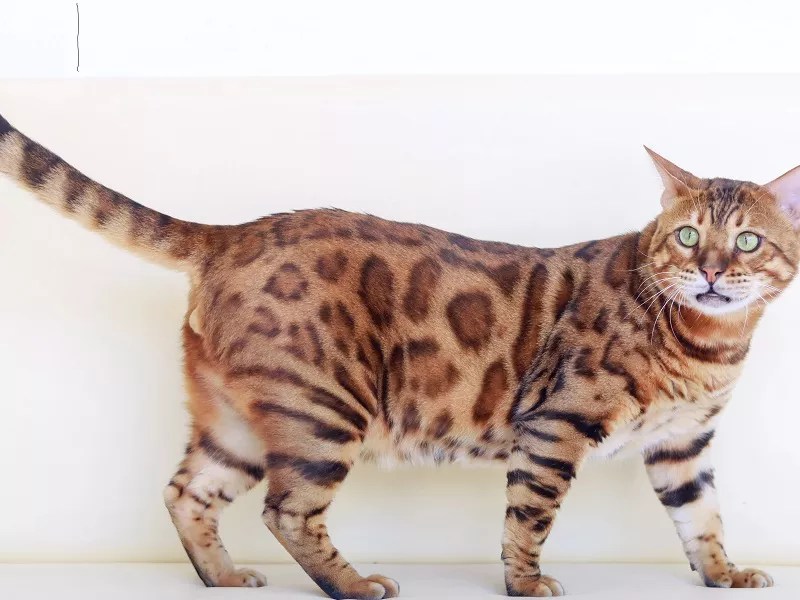The Ragdoll cat, with its striking blue eyes, silky fur, and affectionate nature, is a popular breed among cat lovers. However, for individuals with allergies, owning a cat can be a challenging decision. One common misconception is that Ragdolls are hypoallergenic, meaning they do not trigger allergic reactions in sensitive individuals. In this article, we will explore the truth behind this claim and shed light on whether Ragdolls can indeed be considered hypoallergenic. Understanding the nature of cat allergies and exploring specific characteristics of the Ragdoll breed will help you make an informed decision if you or a family member has allergies but still wish to welcome a Ragdoll into your home.
Understanding Cat Allergies
Before delving into the hypoallergenic nature of Ragdoll cats, it is important to understand the underlying causes of cat allergies. Cat allergies are primarily triggered by a protein called Fel d 1, which is produced in a cat’s saliva, sebaceous glands, and skin. When cats groom themselves, they spread this allergen on their fur, which can then become airborne or transferred through contact. Allergic individuals can experience a range of symptoms, including sneezing, itchy eyes, runny nose, and respiratory difficulties. With this knowledge, we can better evaluate whether Ragdolls, known for their luxurious coat and gentle nature, are suitable for individuals prone to allergies.
Dispelling the Hypoallergenic Myth
Contrary to popular belief, no cat breed is completely hypoallergenic. However, some cat breeds, including the Ragdoll, may produce fewer allergenic proteins or have specific traits that make them more tolerable for individuals with allergies. Ragdolls have often been touted as hypoallergenic due to their low-shedding coat and the belief that they produce less Fel d 1 protein. While Ragdolls do shed less than other breeds, it is important to note that it is not the hair itself that triggers allergies but rather the allergenic proteins present in a cat’s skin and saliva. Thus, even with reduced shedding, the presence of Fel d 1 protein can still cause allergic reactions in sensitive individuals.
Managing Allergies with Ragdolls
Although Ragdolls may not be completely hypoallergenic, there are measures that can be taken to minimize exposure to allergens and create a more allergy-friendly environment. Regular grooming and bathing of your Ragdoll can help reduce the amount of allergens on their fur. Investing in high-quality air purifiers and using allergen-resistant bedding and furniture covers can also help reduce allergen levels in your home. Additionally, maintaining a clean living space, including regular vacuuming and dusting, can aid in minimizing allergen buildup. Allergic individuals should also consult with their healthcare provider for personalized advice and potential allergy management strategies before bringing a Ragdoll or any other cat into their home.
Alternative Options for Allergy-Sensitive Individuals
If you or a family member have severe cat allergies, it may be worth considering alternative options before committing to owning a Ragdoll or any cat breed. One option is to spend time with Ragdolls or other hypoallergenic cats in controlled environments, such as visiting a breeder or a friend who owns the breed. This can help gauge the individual’s sensitivity to the specific breed and assess any allergic reactions. Another alternative is to consider fostering or volunteering at a local shelter to interact with cats on a temporary basis without the long-term commitment of ownership. These alternatives allow individuals to enjoy the companionship of cats while managing their allergies effectively.
Conclusion
While the Ragdoll cat may not be hypoallergenic in the truest sense, their low-shedding coat and gentle temperament make them potentially more tolerable for individuals with cat allergies. However, it is important to remember that individual sensitivities can vary, and allergic reactions can still occur. Taking proactive measures to reduce allergen exposure and consulting with healthcare professionals can help individuals with allergies make an informed decision regarding Ragdoll ownership. Ultimately, the decision to bring a Ragdoll into your home should be based on careful consideration of your allergies and the commitment required to provide a loving and suitable environment for both you and the cat.
Recommended reading:

























